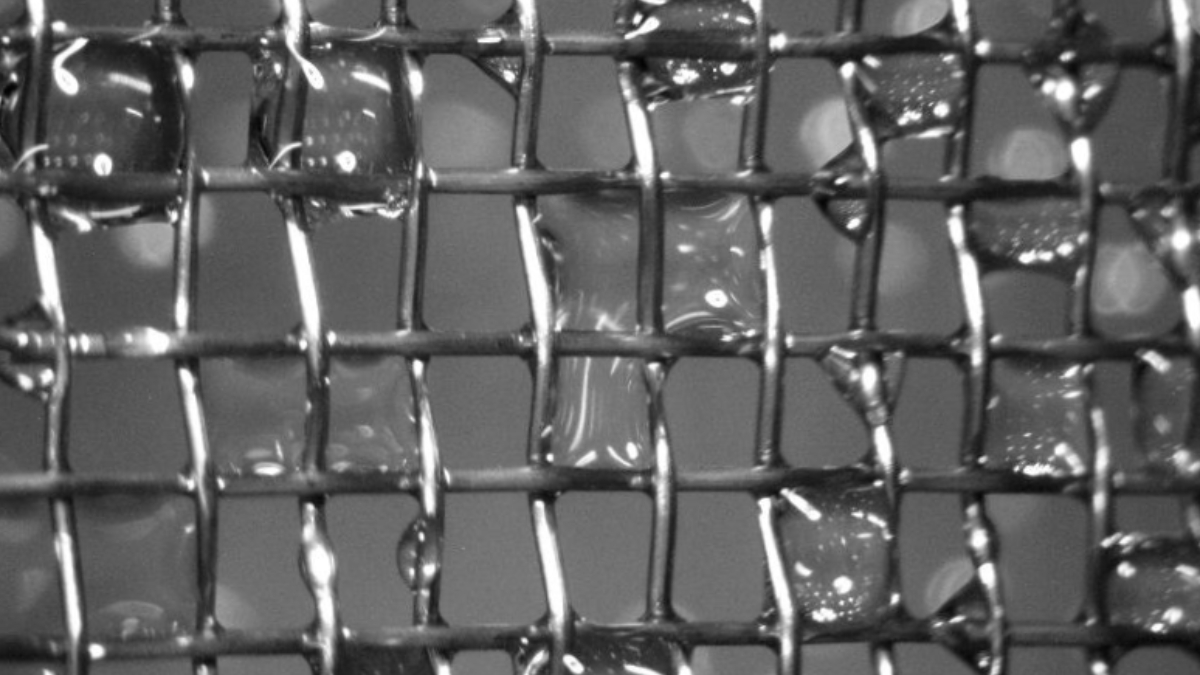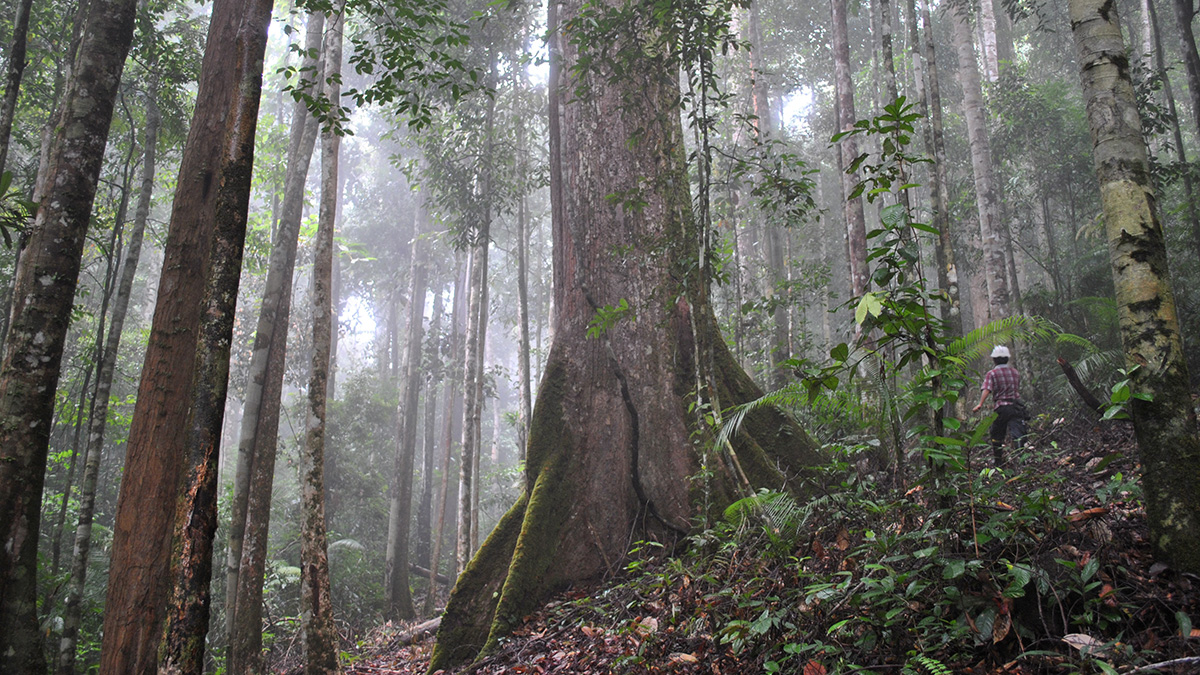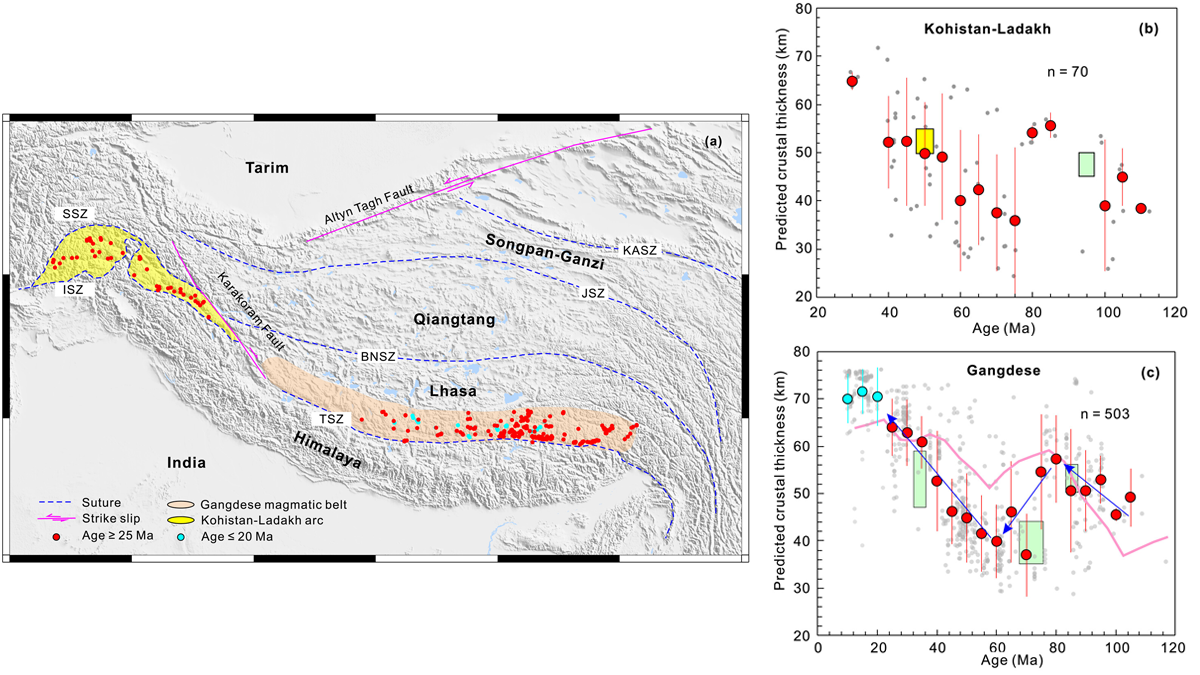Hexagonal structures in sediments are evidence of repeated wet and dry conditions on the Red Planet.
geochemistry
Low-Tech, Energy-Free Tool Collects and Cleans Fog Water
A new fog harvester could benefit communities that lack access to clean freshwater.
Ароматы в ледяном керне рассказывают о жизнедеятельности человека
В ледяном керне самой высокой горной вершины Европы содержатся источающие запах молекулы, свойства которых отражают экономические взлеты и падения Советского Союза.
Établir une carte d’identité du bois pour freiner la déforestation illégale
Des chercheurs ont créé un nouvel outil d’analyse pour améliorer la traçabilité du bois qui pourrait permettre d’appliquer la législation de l’Union européenne visant à lutter contre la déforestation.
Evidence of Earth’s Oldest Glaciers Found in South Africa
The ancient glaciers hint at an Archaean Earth that may have looked similar in some ways to our own time.
Rare Granite Body Discovered on Moon’s Farside
The granite couldn’t have formed the same way that it does on Earth—with liquid water and plate tectonics. So how did it get there?
Essential Ingredient for Life Found on Enceladus
Icy plumes from Saturn’s moon Enceladus contain phosphorus, part of the biochemistry of life—the first time the element has been found in a liquid environment beyond Earth.
Stone Chemistry Records Pacific Migration
Scientists used the chemistry of stone artifacts to trace human migration in the Pacific, revealing evidence of long voyages and cultural exchange.
Fingerprinting Wood to Curb Illegal Deforestation
Researchers developed a new forensic tool for tracing the origins of timber that could enable enforcement of antideforestation legislation in the European Union.
Machine Learning Helps Constrain the Thickness of Ancient Crust
A machine learning model trained using data on the chemical composition of magmatic rocks yields comparable, if not better, results to previously developed geochemical proxies.










